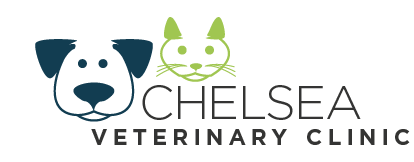Library
-
Nizatidine is used for stomach or intestinal ulcers. Reduced gastric acid production allows an ulcer to heal. Nizatidine has also been used to treat gastritis and other reflux and hypersecretory conditions.
-
NSAIDs are non-steroidal anti-inflammatory drugs. They are used to treat mild to moderate pain, to reduce inflammation and to reduce fever.
-
The term 'nutraceutical' was coined to represent compounds found in food and herbs that are not technically considered nutrients (such as vitamins or minerals), but which may have a profoundly beneficial impact on the health of the body.
-
Obesity, defined as an excess of body weight of 20% or more, is the most common nutritional disease of domestic cats. Although the frequency varies from one country to the next, we know in some countries that up to 40% of adult cats are obese!
-
We are all very much aware of the problems that obesity causes in people. What is not so commonly known is the fact that the same problems can affect our pets if they are overweight, therefore it is always prudent to ensure that weight is lost if necessary.
-
An oesophagostomy tube is a small flexible tube that enters the oesophagus or gullet via a small incision through the skin of the neck. Food is thus able to be delivered to the stomach bypassing the mouth and pharynx.
-
Olive leaf extract exhibits both anti-viral and antibacterial effects; it may also be effective against various yeast infections. The antioxidant properties in olive leaf extract may prove useful for the treatment of inflammatory conditions such as osteoarthritis and dermatitis.
-
Essential fatty acids (EPAs) are fats and oils that are essential in the diet because the body cannot make them. They are extremely important nutrients for health.
-
Interferons help the body to mount a defence against infections such as viruses. Omega Interferon is used in conjunction with fluid therapy and other supportive therapy for the treatment of parvovirus infection in dogs.
-
A wound is an injury causing damage to the skin and often underlying tissues. It can be open (e.g. a cut) or closed (e.g. a bruise).
